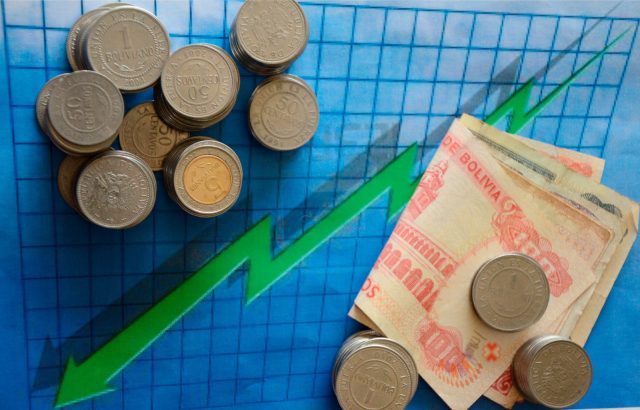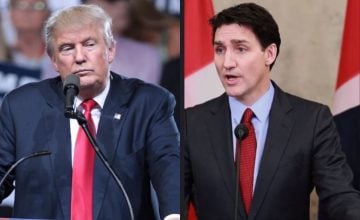Despite the fact that the forecasts for 2023 predict a strong global contraction, the Government of Bolivia plans to maintain its economic model, while giving a more forceful push to gas exploration.
The strategy was revealed to Reuters by the Minister of Economy, Marcelo Montenegro, who defended the policies implemented by the Executive because they have allowed the country to maintain one of the lowest inflation rates in the world, despite the ‘blows’ of the coronavirus crisis. and the turbulent international scene.
The positive economic results, which maintain the consumer price index at 3% per year, are the result of a robust social investment policy that involves subsidizing fuel prices, as well as the production of goods and services.
To keep pace, the Government of Luis Arce plans to implement «a very aggressive [gas] exploration plan» for 2023. Although he did not offer details about the axes of that project, Montenegro made it clear that the Executive’s goal is not to reduce the deficit sacrificing public investment.
In fact, Bolivia will allocate some 4,000 million dollars next year to finance productive sectors such as agriculture, energy and infrastructure, with resources that will come – in part – from external financing and the issuance of debt for up to 2,000 million dollars.
«Our deficit could reach 1 or 1.5% if we eliminate public investment (…) but the immediate consequence is that it would hit (economic) growth», explained the minister, who announced that the plan is to increase income and cut spending.
Data from the Ministry of Economy reveal that the country’s debt is equivalent to 46% of the Gross Domestic Product (GDP), which is well below the thresholds established by international organizations and allows Bolivia to have a wide margin of indebtedness.
For now, the forecasts of the rating agencies indicate that the Andean country will close this year with a deficit of 8.5%, while its reserves are around 4,000 million dollars. The government’s objective is that by 2023 the economy expands to almost 5% and the deficit is reduced to 7.5%.Bolivian lithium
In addition to gas, which represents one of the most important sources of income for the Andean country, the Government has as one of its objectives to sign agreements for the direct extraction of lithium, as well as a policy to accelerate the process of industrialization of this resource before of 2025.
“It is not easy, because there are contracts that will last for years, even decades (…) We have to push so that Bolivia has more profits”, asserted Montenegro in the interview. However, the figures at the end of this year allow him to maintain an optimistic outlook for 2023.
Last week, Montenegro stressed the fact that Bolivia kept inflation at bay and economic growth, despite «a rarefied environment of high volatility, (and) uncertainty worldwide».
Given the figures, the portfolio predicted that the country will continue on the path of growth, as the International Monetary Fund (IMF), the World Bank (WB) and the Economic Commission for Latin America and the Caribbean (Cepal) have predicted, which estimate that the nation will be among the fastest growing economies in the region.
«2023 is a year to continue rebuilding the economy with a positive growth rate, price stability and a model that will gradually substitute imports to generate a productive sector with industrialization in basic chemicals, the pharmaceutical industry» and many productive projects, indicated a statement from the ministry headed by Montenegro.











